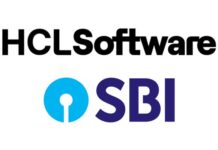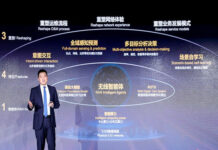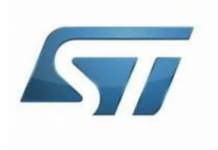The idea of switching to electric vehicles for a greener future, sounds fantastic on paper, but owning an EV comes with several challenges, including a limited operational range, expensive battery replacement, lengthy battery charging times, and a high purchase price. Analysing the situation, NITI Aayog announced the battery swapping scheme with an aim to encourage EV adoption across the nation. The objective of the scheme is to develop an environment for 2 and 3-wheelers that is dependable, and all interchangeable batteries must be equipped with sophisticated functions including data monitoring. Battery swapping can make it feasible to charge batteries in a regulated setting, reducing the risk of power fluctuations and potential fire issues.
The proposed policy is framed to be inclusive and to cover most of the important topics by industry experts and EV manufacturers. According to industry experts, a swap station can deploy pre- and post-charge cooling and regulated charging better than an e-scooter, extending the life of the battery and addressing safety concerns. From a technological and business perspective, there are a lot of things that can be stated about changing batteries, but it is important to understand how it will inevitably affect the end users. As more people switch to electric vehicles, they have several worries. High battery replacement prices (need to change every three to five years with just about 1000–2000 charge cycles, with a high range E2W battery replacement costing up to INR 45,000) are among them. One of the primary issues is still the lengthy charge times. By addressing some of these issues, battery swapping also offers several additional advantages.
Swappable batteries will include new-age technologies like IoT, battery monitoring systems, remote monitoring, and immobilization capabilities for greater asset protection. Below mentioned technology enhancement describes how can be battery swapping business model can be leveraged:
IoT-enabled monitoring
IoT is already present in battery swap systems enabling continuous tracking and monitoring of battery performance through data analytics. This information is used by 9 BSOs to calculate the current demand and arrange their swap stations’ battery inventories most efficiently. With this knowledge, they will be able to advise customers to drop off used batteries at more convenient swap locations. The BSO can track driver behaviour and identify driving trends that influence the battery’s rate of discharge thanks to IoT. Additional uses for this data include the creation of personalized subscription programs as well as financial and insurance services for vehicles.
Smart battery management
Battery switching can become a reality only until safety, quality, design, and operation of battery management are streamlined with common technology across cars and manufacturers. The problem, though, is that all vehicles from different manufacturers will have to utilize the same kind of battery, making it difficult to differentiate them. Smart Battery Management System is undoubtedly a highly favourable development because it will guarantee the battery’s effectiveness, longevity, safety, and use in EV applications. The ACC PLI program has recently helped the nation advance toward self-sufficiency by improving its capacity to produce battery cells. But there is a far way to travel. The fabrication of battery cells is still dependent on components from China and other nations, which are typically not made for Indian circumstances. Aeris provides smart BMS that tremendously helps to increase battery safety and for a better user experience as India’s EV transformation must proceed at an accelerated pace. Additionally, facilitating a simpler, safer, and more enjoyable EV experience will increase users’ confidence.
Unique identification number for information and tracking
Similar to how solar panel manufacturers were asked to do, the policy mandates that all battery manufacturers generate a Unique Identification Number (UIN) for each battery. The capacity, voltage, and other properties of the battery will all be included in this number. Additionally, the manufacturers will assign this UIN at the production stage for tracking and monitoring of batteries to implement traceability throughout the entire lifecycle. The battery consumption history must be recorded by the switching operators, and they must also communicate battery performance information.
Conclusion
The deployment and development of technology for a strong EV ecosystem will be accelerated by these features. Additionally, by storing data on battery consumption, stakeholders including battery swapping companies, EV OEMs, battery makers, and EV owners would be able to share data and create new business opportunities. The most significant feature of this policy is that it places battery operators and manufacturers at the forefront of the entire program. The program pledges to make battery operators subsidy recipients in addition to placing them at the centre of the policy, acting as a single point of contact, to break away from the current paradigm of subsidies. The setting up of an EV switching infrastructure has gotten much simpler thanks to technology, and the effects will soon be seen on the ground. Future large-scale tech adoption in important regulations like battery swapping would not only hasten EV adoption but also open up new avenues for investment and development.
About the author:

Dr. Rishi Bhatnagar President at Aeris Communications















